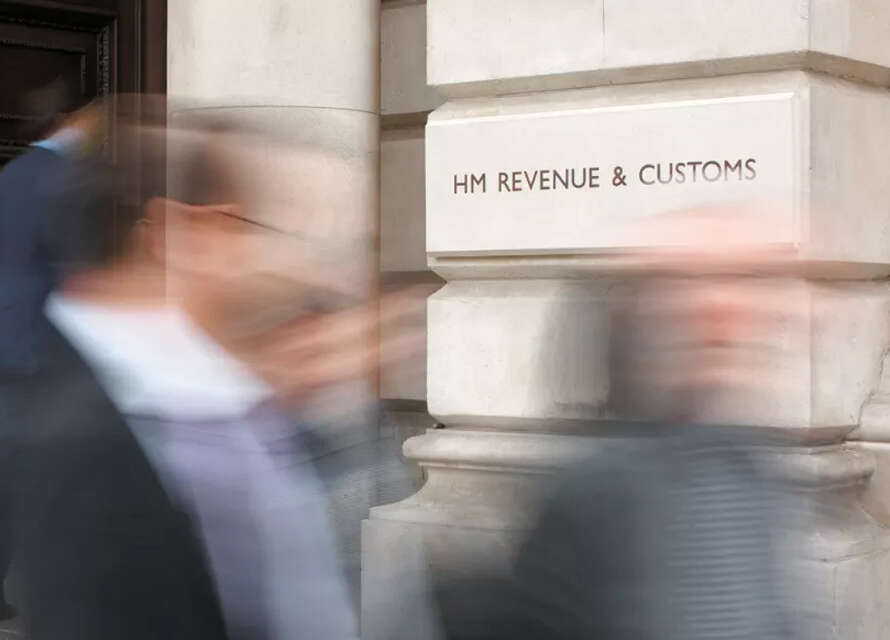Overview
R&D expenditure credit (RDEC) replaced the large company scheme in April 2016.
R&D expenditure credit can also be claimed by small and medium-sized enterprises (SMEs) who have been subcontracted to do R&D work by a large company and have either:
- received a grant or subsidy for their R&D project
- expenditure which is more than the SME scheme aid cap
You might do this as a SME if you cannot claim R&D tax relief for SMEs.
The credit is calculated at 13% of your company’s qualifying R&D expenditure (this rate applies to expenditure incurred on or after 1 April 2020) and is taxable as trading income.
Regardless of whether your company makes a profit or loss, some or all of the credit may be used to discharge your company’s (or other group companies’) corporation tax liabilities.
In some circumstances, it can be used to discharge other tax liabilities your company is liable for.
A claim for R&D expenditure credit can lead to a cash payment of credit to your company in some circumstances.
You must meet our definition of R&D to get R&D expenditure credit.
Costs you can claim
You can claim costs on the project from the date you start working on the uncertainty until you develop or discover the advance, or the project is stopped.
Staff costs
For staff working directly on the R&D project, you can claim a proportion of their:
- salaries
- wages
- Class 1 National Insurance contributions
- pension fund contributions
You can claim for administrative or support staff who work to directly support a project (for example, specialist cleaning staff). You cannot claim for clerical or maintenance work that would have been done anyway, like managing payroll.
You can claim 65% of the relevant payments made to an external agency if they provide staff for the project.
Subcontractor costs
Subcontracted expenditure cannot be claimed unless it is directly undertaken by:
- a charity
- a higher education institute
- a scientific research organisation
- a health service body
- an individual or partnership of individuals
Consumable items
You can claim for all consumable items used up in the R&D. This includes:
- materials
- utilities
Costs that cannot be claimed
You cannot claim for:
- the production and distribution of goods and services
- capital expenditure
- the cost of land
- the cost of patents and trademarks
- rent or rates
Work out the period you can apply relief for
The project starts when you begin working to resolve the uncertainty. You will need to identify the technical issues that need to be resolved, and make sure there is not an existing solution that has already been worked out.
The project ends when you solve the uncertainty or stop working on it. The period you claim R&D expenditure credit for should end once you have a working prototype that solves the problem, and before you go into production.
Your R&D may restart if you find another scientific or technological uncertainty after you have started producing the product. If this happens, you can claim for another period of R&D while you try to resolve it.
You can make a claim up to 2 years after the end of the accounting period it relates to.
Calculate R&D expenditure credit
To calculate your expenditure you need to:
-
Work out the costs that were directly attributable to R&D.
-
Reduce any relevant subcontractor or external staff provider payments to 65% of the original cost.
-
Add all costs together.
-
Multiply the figure by 13% to get the expenditure credit.
-
Enter this figure into your tax return.
Claim R&D expenditure credit
Claim the credit by entering your expenditure into the full Company Tax Return form (CT600).
If your claim covers a period of 12 months or more, submit a separate claim for each accounting period.
You can send more information to HMRC online to support your claim.
To support your claim online, you need a Government Gateway user ID and password. If you do not have a user ID, you can create one the first time you use the service.
What you will need to provide to support your claim
You will need to provide a short summary that explains how your project:
- meets our definition of R&D
- looked for an advance in science or technology and aimed to achieve this advance
- had to overcome scientific or technological uncertainty, and how you did this
- could not easily be worked out by a professional in the field
If you are claiming the credit on:
- 1 to 3 projects, you must include details of all projects
- 4 or more projects, you must include detailed descriptions of at least 3 projects (up to a maximum of 10), which between them cover 50% or more of your total qualifying R&D costs
You will also need:
- the start and end dates of the accounting period relating to the R&D activity — these should be the same dates as the period covered by your CT600 return
- your Unique Taxpayer Reference (UTR) number
- details of your qualifying R&D costs
When you cannot use the online service
If you need to send supporting information for more than 10 R&D projects which cover at least 50% of your total qualifying R&D expenditure credit costs, you need to either:
How to apply the credit
You must complete the following steps to apply R&D expenditure credit:
-
The credit must be used to settle your Corporation Tax liability for the accounting period. However, you’ll need to pay Corporation Tax on the credit. If the credit means you are due a repayment for Corporation Tax that has already been paid, the interest will be calculated on a last in, first out basis.
-
If you have R&D expenditure credit remaining after step 1, the amount is reduced by applying a notional tax charge to it. The notional tax charge must be based on the main rate of Corporation Tax for the accounting period. If the amount remaining after step 1 is higher than what the value of the total credit minus the notional tax charge would have been, you must use the value of the total credit minus the notional tax charge in step 3.
-
The credit must not be higher than your company’s total expenditure on R&D workers’ PAYE and National Insurance contributions for the accounting period. The amount over this limit will be added to any expenditure credit in the next accounting period.
-
The remaining amount is used to pay any outstanding Corporation Tax liabilities for any accounting periods.
-
The credit can be surrendered in whole or part to any group member.
-
The credit can be used to discharge any other company liabilities, like VAT or liabilities under a contract settlement.
-
The final amount can be paid to your company.




